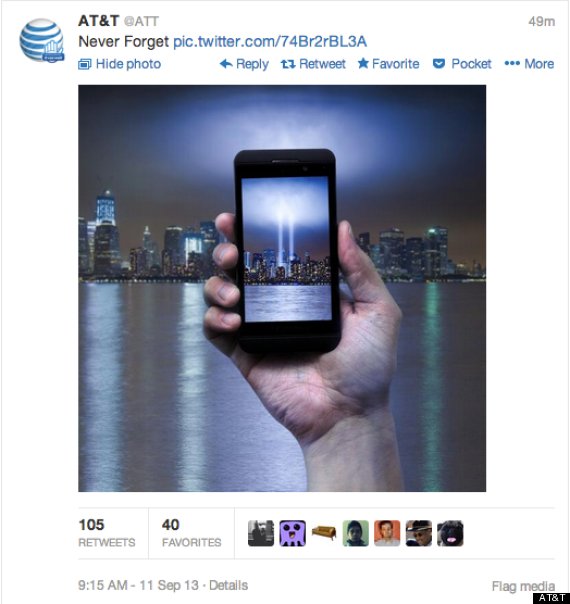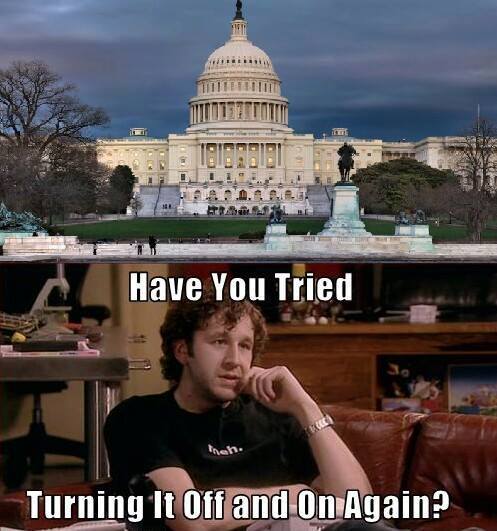Is Your Message Being Received By Your Audience?
We are living in a real-time world. If you’re sitting down to read the morning paper, that’s yesterday’s news. The internet and the instant gratification it brings has changed how we receive everything from a news story to a brand message. So how do companies hold the attention of people who only pay attention when a message is valuable to them? By being in the right place at the right time and giving your audience valuable content.
When your message is relevant and valuable to your audience, your audience is far more likely to pay attention. If, as a company, you are commenting on a trending topic or a cultural phenomenon, your audience is more likely to be receptive because they are receiving something valuable by being entertained, being educated or seeing something from a different perspective—the perspective of a thought leader like yourself.
Creating content based on trending topics in order to gain a higher reach isn’t something new. Companies gaining recognition by having a commentary on pop culture, politics, or simply current events has been happening for years through sponsorships and partnerships, but with social media and the advent of companies publishing their own content it’s easy for companies to voice their opinions, tie in their views and promote themselves through current events like never before.
Newsjacking as a Content Creation Strategy
Newsjacking, a term coined by David Meerman Scott, who wrote a book of the same name, is simply what it sounds like—hijacking the news. Through this tactic your company will participate in real-time marketing and find your audience where they are present. Maybe your audience is on Twitter live-tweeting The Super Bowl, or at least reading others’ live tweets, and a hilarious gif you posted catches their eye. Maybe your audience is scrolling through their Facebook newsfeed and your post about National Bacon Day (held on the Saturday before Labor Day, by the way) compels them to give your post a like. Newsjacking is inbound marketing to the extreme and does not need to be about you or your company, or even your industry. When commenting on current events, it’s effective if you post with an angle that aligns with your brand but doesn’t take away from the organic nature that should be present. The way that your audience should receive newsjacked content should be the same as if a friend just messaged them about it. Instead of trying to pull their attention away from the topic at hand, try to enhance the moment.
A great example of a brand aligning with a current event is when Oreo made its famous tweet during the power outage at the Super Bowl.
Power out? No problem. pic.twitter.com/dnQ7pOgC
— Oreo Cookie (@Oreo) February 4, 2013
The response from Oreo’s audience was overwhelmingly positive. Not only was everyone in awe at how quickly they got this ad up, but it was so tastefully done and relevant in that moment, that Oreo reaped the rewards of people interacting with their post by viewing, favoriting and retweeting it, as well as news outlets commenting on it and people talking about it for days and weeks after.
I saw this by a shop downtown. LOVE IT!#FurloughFriday #shutdown pic.twitter.com/7FkyP0IbYp
— Kaylene Wright (@keylime12) October 4, 2013
As a result of the Federal government shutdown, over 800,000 government employees have been furloughed and as a result, we are experiencing a cultural phenomenon. At this point in time, being furloughed has become relatable to many, especially in the DC, Virginia and Maryland area. Many businesses are taking advantage of this event — #furloughfridays has become “a thing.” This form of marketing is essentially newsjacking and is being used to draw in clients and customers.
A Caveat
While Jon Stewart is the king of newsjacking, particularly when it comes to politics in the news, remember that humor is an art (and a very subjective one at that). Opportunities to “newsjack” around current events also have to be handled with care. Taking sides politically and aligning that with your brand can be tricky business. Knowing your audience and being crystal clear on your brand values will help guide you.
And then, there’s just good taste. Attempts at product placement around sensitive issues should be avoided. Stop “selling” and focus on communicating and engagement. One recent example of newsjacking backfiring is when AT&T tweeted on September 11th with this image.
For their audience, it was too contrived and insensitive; product placement on such an occasion was not acceptable and a negative outcry ensued.

via @nycsouthpaw
AT&T quickly issued an apology
We apologize to anyone who felt our post was in poor taste. The image was solely meant to pay respect to those affected by the 9/11 tragedy.
— AT&T (@ATT) September 11, 2013
With this example comes a warning to handle sensitive issues with care. Know your audience and newsjack cautiously.
What Is a Meme and Why Should I Care?
One facet of newsjacking is creating memes. Meme [meem], a term coined by British evolutionary biologist Richard Dawkins in 1976, is described as, “an idea, behavior, or style that spreads from person to person within a culture.” As a content strategy tactic, memes resonate and are very sharable. Sure you could write a nice long article with great pictures, but what really gets shared is short and relatable (see our previous blog post, “Marketing to Our Short Attention Spans.” While memes are not restricted to the digital world, when speaking of cyberculture, memes are usually conveyed through images, videos, sound clips, or a combination of the three. In essence, with a cultural phenomenon like the government shutting down, any interesting commentary that goes viral becomes a meme. A meme is something that people can relate to and want to share because it’s entertaining, educational or something of value.
Some of the most shared government shutdown memes:
HolidayJacking
While news cannot always be anticipated or planned for, holidays come annually and applying the same concept as newsjacking to holidays can aid you in creating great content that your audience will love. Are there any instances where your company used newsjacking to great effect? Let us know how you did it in the comments below.







1 Comment
Pingback: Newsjacking Strategies and Pitfalls Live Chat - Insight180